Finding the right woven fabrics for the right occasion is a real struggle for attire lovers. It completely relies on the person, location, occasion, color, weather, etc. So, it's better to explore more about fabrics.
As you might be aware, every fabric is made on a loom, where many distinct threads (vertical warp and horizontal weft) are woven into one giant whole. The way these threads are woven together figures out the structure and durability of the fabric.
So, the most comfortable, soft, and common type of weave is known as a "plain weave fabric".
Here in this guide, we let you know more about the plain weave fabric, how you can use this fabric to make beautiful attires, a basic fabric structure, and its characteristics. So, keep reading to get true insights into plain weave fabric. Let’s get started!
Introduction to Plain Weave Fabric
Plain weave fabric is also well-known by the name "calico weave", "tabby weave" or "basic weave". It is basically a woven fabric in which all the threads follow a simple vertical weaving pattern. If you see the weave structure closely, you will get to know the plain weave fabric look-alike checkerboard pattern of linear interlacing threads moving under and over each other at the right angles, somewhat similar to a woven basket. Consider a few examples of plain weave fabric including chiffon, flannel, organdy, and seersucker. Since the fabric is highly durable, used in almost everything from clothing to upholstery. Also, by doing the slight modifications with plain weave fabric, we come up with some new types such as basket weave and rib weave. These are also used for clothing.

How Plain Weave Fabric is Made
Nowadays, textile industries use weaving processes on a loom to make a plain weave instead of a personal handloom. Basically, two processes are done to make a plain weave fabric include:
-Warp Yarns Are Stretched On a Loom - The warp yarns are placed in the longitudinal direction in the woven fabric (threads in the loom varying from top to the bottom in the loom).
-Weft Yarns Are Woven Through The Warp - The spun thread used for weaving horizontally through the warp is known as weft yarns. These weft yarns/horizontal threads are also known as filling yarns. It means fabric becomes just a little taller after each time when the yarn is woven into the warp.

Understand The Primary Weaving Structures For Woven Fabric
Every type of woven fabric is generally made by using the below-mentioned three textile weaves. This means textile industries can use any of them to weave plain fabric.
Plain Weave: In this plain weave fabric, the threads follow the vertical weaving pattern that runs from top to bottom, resembling a checkerboard pattern. Organza and chiffon are the best examples of plain weave fabrics.
Twill Weave(twill fabric): In this type of fabric, the threads follow the twill weave i.e a diagonal pattern. When weaving such types of fabrics, the horizontal thread is woven over and under more than one vertical thread on a loom. Corduroy, chevron, and Zigzag are popular examples of twill fabric.
Satin Weave: Such types of fabrics undergo multiple warp threads in which three or more horizontal wrap runs around the vertical weft threads. In simple, satin weaves have four or more horizontal threads floating over a vertical yarn or vice versa. For instance, you can consider the brocade and duchess.

Know What Properties a Plain Weave Holds On
As you are aware of the plain weave fabric mentioned in the introduction. But, why should you consider it for the summer season? Because it holds the value for money and exclusive properties that are listed below:
Highly Durable - No doubt, the yarns are undergoing a weaving process by warp and weft way that's why the plain-woven fabric is considered highly durable. This fabric is very good at retaining its original shape which means it doesn't shrink after washing.
Well-Structured - As discussed earlier, plain weave fabric has three structures - plain, twill, and satin weave. The one best thing about plain weave is it doesn't lose its natural shape. Also, the fabric is comparatively rigid than knit fabric that's why it's not too stretchy.
Creases Easily - Because of the fabric structure, it holds the wrinkles easily which means it needs frequent ironing before wearing this fabric clothes to look smart and squeaky-clean.
Easy to Sew - Stretchable fabrics are difficult to sew. Since the plain-woven is quite unstretchable that's why it's easy to sew without getting many puckers.
Often Coarse - Plain weave fabric is generally made from granulated strands like knits, resulting in a little coarse fabric.
Identical on Both Sides - In knitted fabrics, one side is plain or printed and another side is designed in such a way to be hidden. This means it has a right and wrong side. Since the plain weave fabric follows the criss-cross pattern means both sides look completely identical. There is no right and wrong side until one side is designed or printed.
More Expensive Than Knit - Weaving so many fabrics together is a time-consuming process in comparison to the time taken by knitted fabric. As a result, all the woven fabrics are costly whether you buy the fabric or ready-made clothes rather than knit fabric.

The reason why one should go with the plain weave fabric is in front of your eye. Now let’s see what type of clothes you can make from this fabric.
Explore The Basic Uses of Plain Weave Fabric
Among the plenty of uses, here we discuss the top usage of plain weave fabric and how often it is used for sewing structured or heavy look clothes:
Shirting: Most of the shirts are usually made out of stretchable or drapey fabric whereas most you see are structured or professional shirts, made from plain weave fabric.
Suits: Some of the outfits such as thin suits are made from plain weave fabric because the garments need to be more structured.
Blazers: Like suits, plain weave fabric is also used to make thin blazers. Since the blazers need to be more structured than knitted fabric and don't need to be smooth against the skin like a casual Tee.
Coats: These coats are made from twill fabrics in which the threads are moving in a diagonal way on a loom. That's why these coats look quite nice and rough. Anyone would love to wear it in marriage, the workplace, and on other occasions. In addition, the smooth coats are also made with plain weave fabric like tracks.
Upholstery: Because it is highly durable and more structured, plain weave fabric is used to make some pieces of furniture including chairs and couches. It is also quite less expensive than furniture made from knitted fabric or more heavy-duty fabrics(jacquard).

In a Nutshell,
Bringing the article to an end lets you be aware of the many things including what is plain weave fabric, its structure, properties, uses, and adds value to your knowledge. Now, only you have an idea how best is the plain weave fabric and which type of clothes you can wear in summer. It's completely your choice which type of clothes you love to wear i.e., based on the occasion, color, clothes and so on. So, go ahead and make a bulk purchase of plain weave fabric to get exclusive discounts and decorate your wardrobe with some good collections.

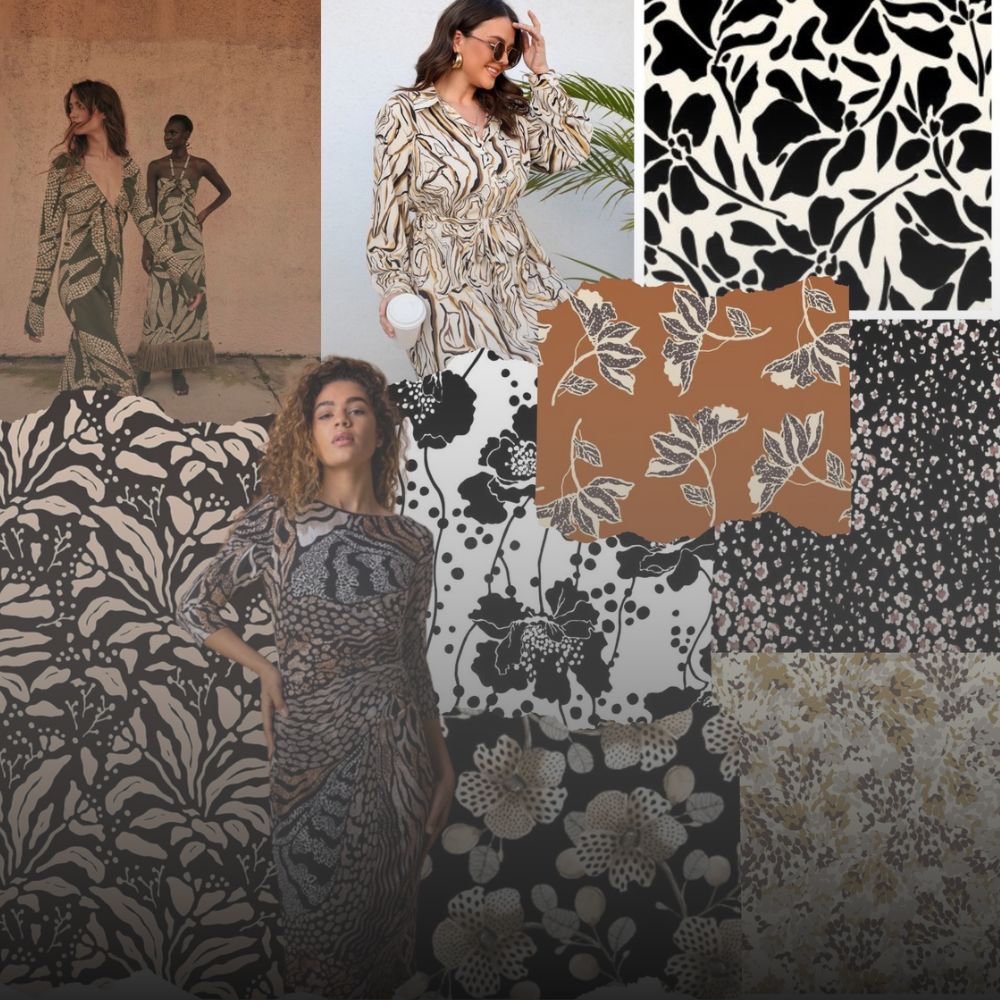
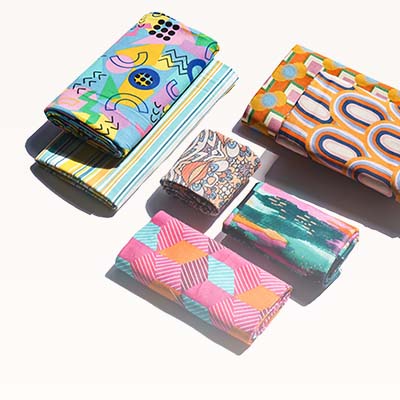
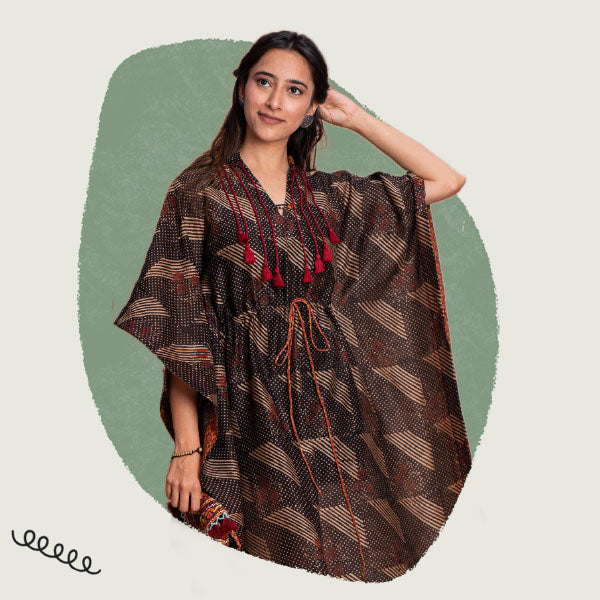
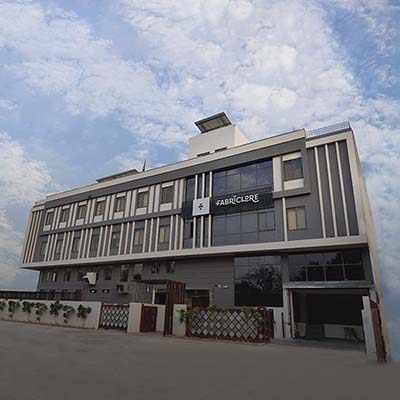
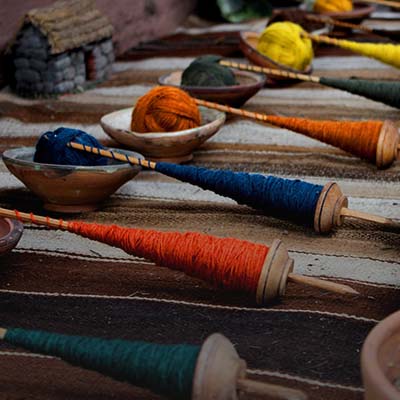

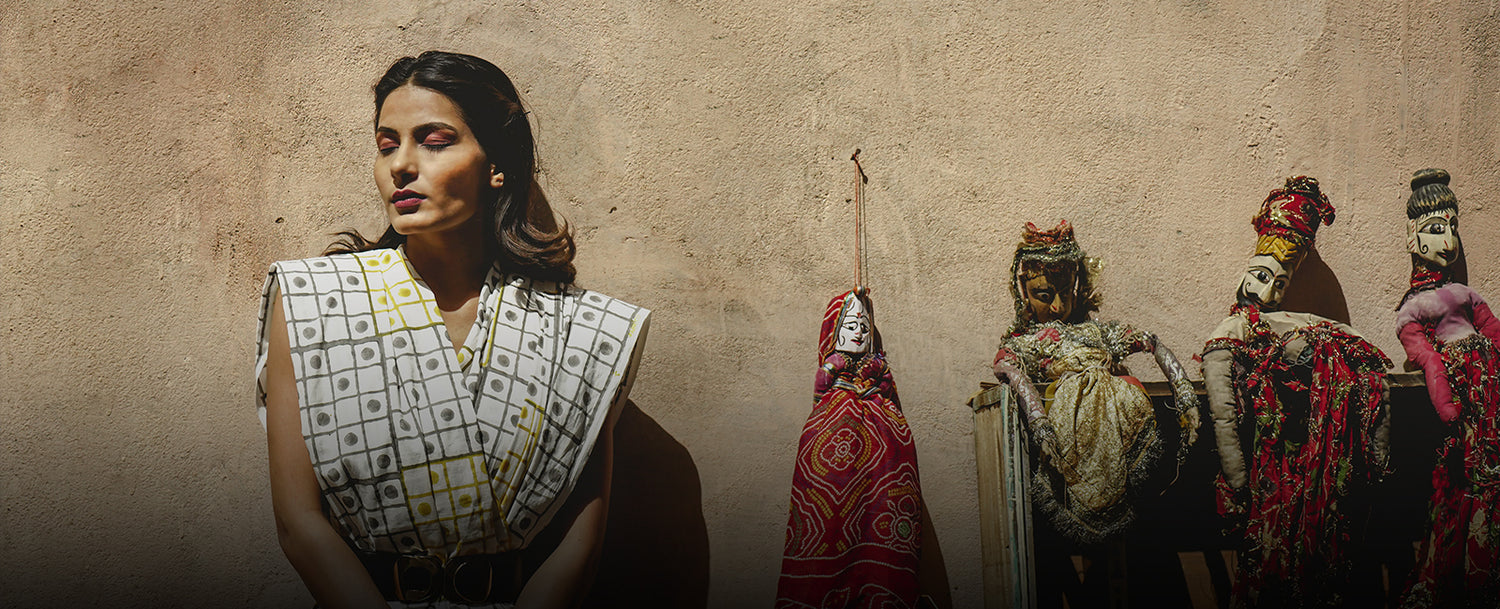

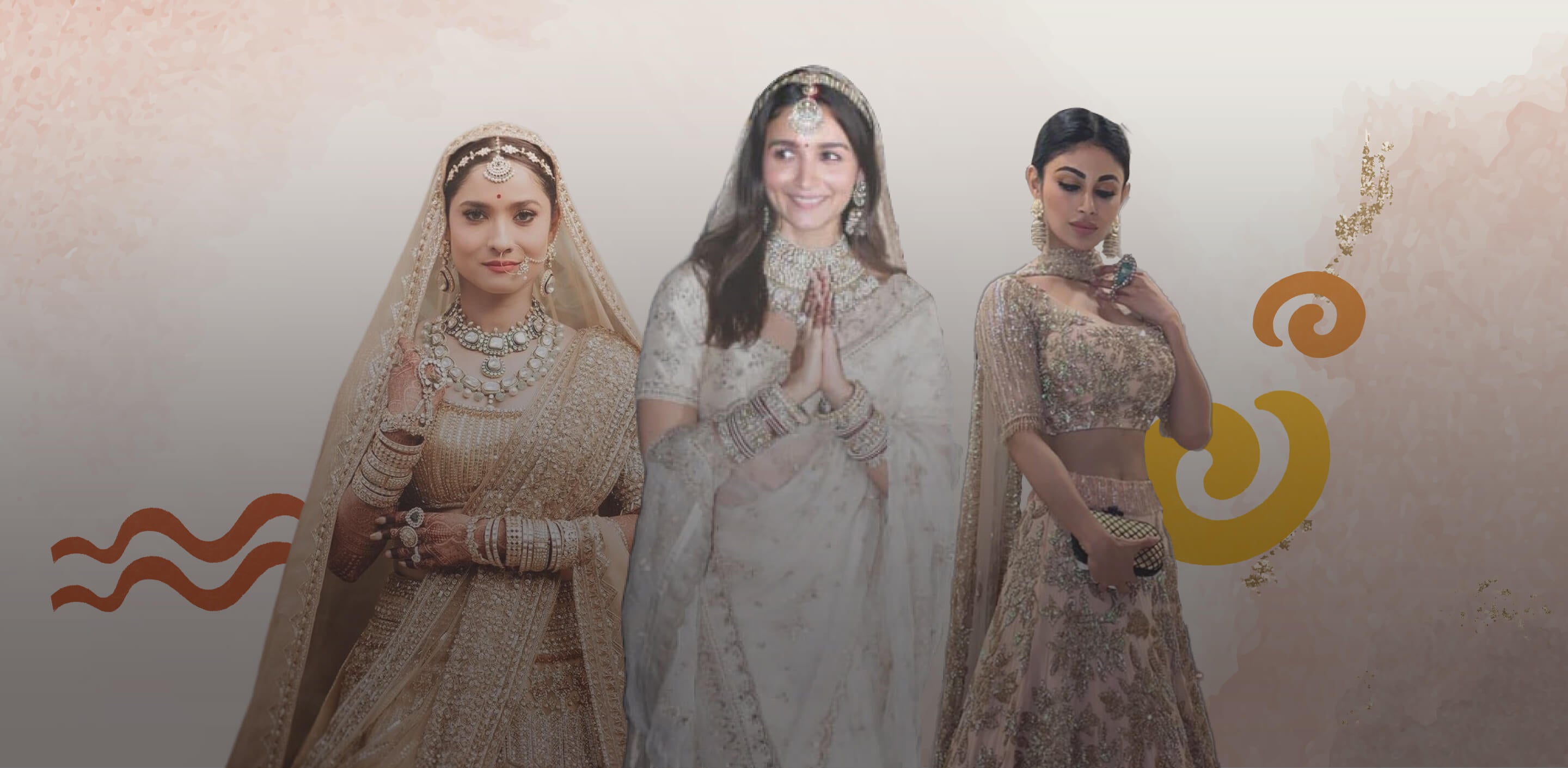
Leave a comment
All comments are moderated before being published.
This site is protected by reCAPTCHA and the Google Privacy Policy and Terms of Service apply.